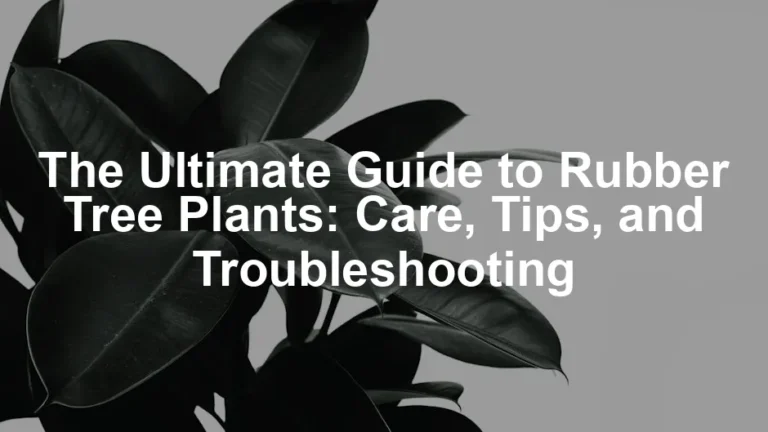

Best Soil Types for Propagating Succulents from Leaf Cuttings
Introduction
Are you ready to expand your succulent collection? Propagating succulents from leaf cuttings is an easy and rewarding process. However, choosing the right soil type is crucial for success. Using the best soil helps prevent rot and promotes healthy root development. Not only can you save money by growing new plants, but you can also share your love for succulents with friends!
To kick off your succulent adventure, you might want to consider a quality Succulent Care Book that provides tips and tricks to keep your plants thriving! Trust me, your succulents will appreciate the extra love.
Summary and Overview
Succulent propagation can be done through several methods, but leaf cuttings are among the simplest. To start, select a healthy leaf from your favorite succulent. After allowing it to callus, place it on well-draining soil. The success of this method largely depends on soil composition and drainage. A good soil mix provides the right balance of moisture retention and aeration. Many popular succulents, including Echeveria and Sedum, thrive when propagated this way. The right soil can significantly impact their growth and overall health.

Choosing the right soil is essential for propagating succulents successfully. Check out this guide on How to propagate succulents from leaf cuttings for more information.
Types of Soil for Succulent Propagation
Importance of Soil in Succulent Health
Soil plays a vital role in succulent health. It affects water retention and drainage, which are critical for root development. Too much moisture can lead to root rot, a common issue when propagating succulents. The right soil prevents this problem, allowing roots to breathe and thrive. A well-draining mix promotes healthy growth and ensures your cuttings develop strong root systems.
Ideal Soil Components
Coarse Sand
Coarse sand is a fantastic addition to any succulent soil mix. It improves drainage, allowing excess water to escape. Look for sand that is specifically labeled as coarse or builder’s sand. Avoid fine sand, as it can compact and hinder drainage. Mixing coarse sand into your soil helps ensure your succulents receive just the right amount of moisture.
If you’re looking for quality sand, check out this Coarse Sand that will help your plants breathe easier!
Perlite and Pumice
Perlite and pumice are two excellent options for enhancing aeration in your soil. Both materials are lightweight and promote excellent drainage. Perlite is a volcanic glass that helps keep the soil light, while pumice is a natural volcanic rock that provides structure. Using a mix of both can create the ideal environment for your succulent cuttings to thrive.
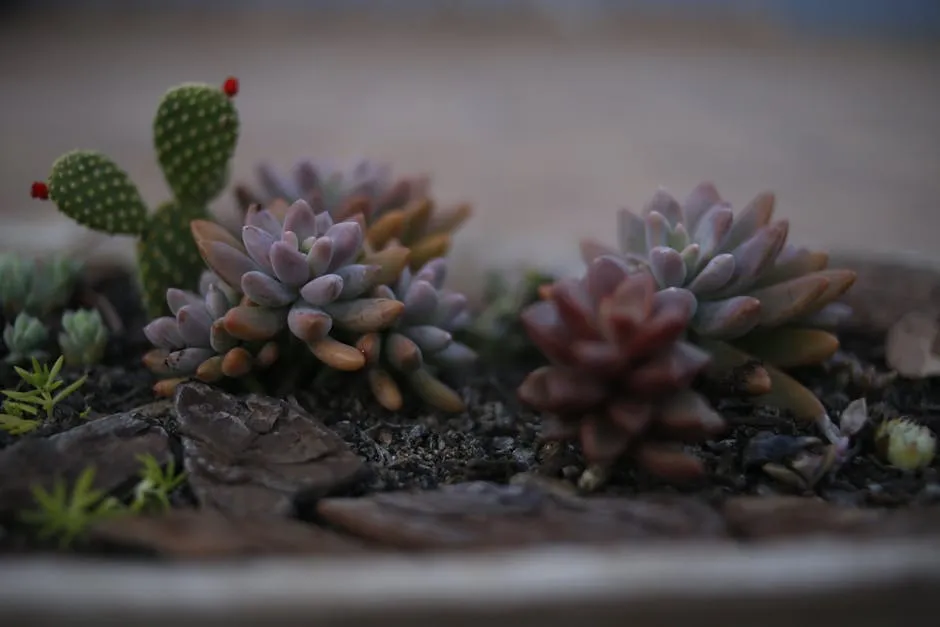
For the perfect combination, consider adding Perlite to your mix! It’s a game-changer for succulent health!
Cactus and Succulent Soil Mix
Commercial cactus and succulent soil mixes are widely available and tailored for these plants. They often contain a blend of materials like peat, perlite, and sand, providing excellent drainage. However, you can also customize your own mix. Combine equal parts potting soil, coarse sand, and perlite for a well-balanced option. This homemade mix will support your succulents as they grow from cuttings.

For more information on the ideal soil for your succulents, refer to this sedum plant guide.
In summary, selecting the best soil for propagating succulents from leaf cuttings is essential for success. Consider the components you choose and ensure proper drainage. Your plants will thank you with healthy growth and vibrant colors!
Ideal Soil Components
Coarse Sand
Adding coarse sand to your succulent soil mix offers fantastic benefits. It significantly improves drainage, allowing excess water to escape. This is crucial because succulents thrive in dry conditions. For best results, choose coarse or builder’s sand. Avoid fine sand, as it can compact and hinder proper drainage. Incorporating coarse sand ensures your succulents receive just the right amount of moisture without becoming waterlogged.

Perlite and Pumice
Perlite and pumice are both excellent choices for enhancing aeration in your soil mix. They keep the soil light and fluffy, which is essential for succulent health. Perlite is a volcanic glass that helps with drainage, while pumice is a natural volcanic rock that adds structure. Both materials promote healthy root development by allowing air to circulate. Mixing these two components creates an ideal environment for your succulent leaf cuttings to thrive.
Cactus and Succulent Soil Mix
Many commercially available cactus and succulent soil mixes are tailored for these plants. These mixes typically contain a blend of materials like peat, perlite, and sand, ensuring excellent drainage. When selecting a commercial mix, look for one specifically labeled for cacti and succulents. If you prefer a DIY approach, you can customize your own mix. Combine equal parts potting soil, coarse sand, and perlite to create a well-balanced option that supports healthy growth for your cuttings.
Best Practices for Preparing Soil
Mixing Your Own Succulent Soil
Creating a well-draining succulent soil mix is easier than you might think. Start by gathering your materials: coarse sand, perlite, and potting soil. Aim for a ratio of 1 part potting soil, 1 part coarse sand, and 1 part perlite. This combination provides the perfect balance of moisture retention and drainage.
Begin by measuring out your components. In a large mixing container, combine the potting soil and coarse sand first. Stir them together thoroughly to ensure an even mix. Next, add the perlite and mix again. This will create a light, airy soil that prevents root rot and encourages healthy growth.

Once your soil mix is ready, fill your planting containers. Ensure they have drainage holes to avoid water accumulation. After filling the containers, lightly moisten the soil. Be careful not to saturate it. This step will help settle the soil before you place your succulent cuttings.
Finally, allow your newly mixed soil to rest for a day or two before planting your cuttings. This waiting period helps any excess moisture evaporate and creates a stable environment for your succulents. With this well-draining soil mix, your leaf cuttings will have the best chance to root successfully and grow into vibrant plants.
Prepping Containers
Choosing the right container is crucial for propagating succulents. Look for pots with drainage holes. This feature prevents water from accumulating, reducing the risk of root rot. The size of the container matters too. Use shallow pots for leaf cuttings, as they allow better air circulation and moisture control.
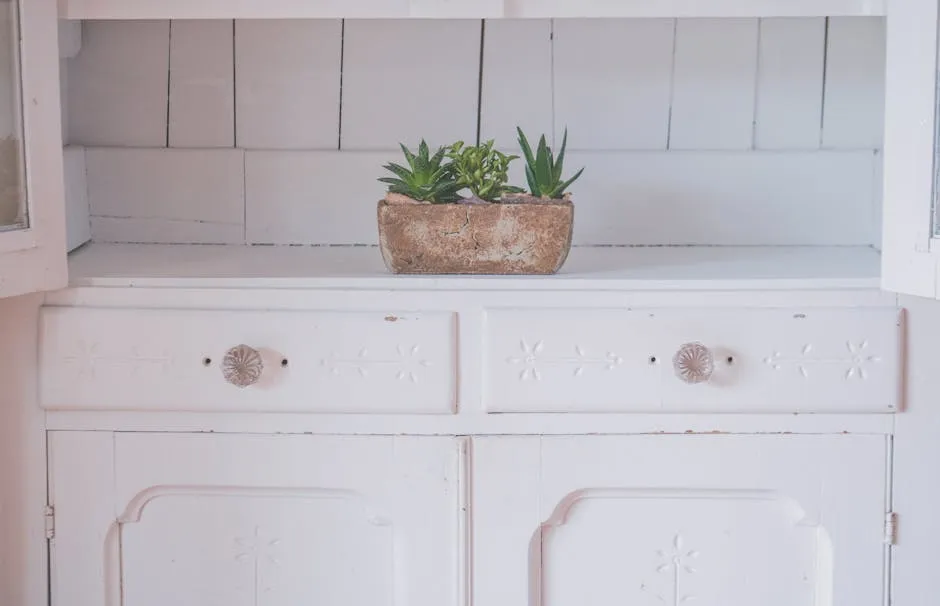
Before planting, it’s important to sanitize your containers. This step minimizes the risk of diseases affecting your new succulent cuttings. Simply wash your containers with warm soapy water, then rinse thoroughly. You can also soak them in a diluted bleach solution for about 10 minutes. After soaking, rinse again and let them dry completely before use.
Propagation Techniques Using Soil
Step-by-Step Guide for Leaf Cuttings
Propagating succulents from leaf cuttings is simple and rewarding. First, select a healthy leaf from your succulent. Gently twist and pull the leaf from the stem to ensure a clean break. Next, let the leaf dry for about five days. This allows the cut end to callus, which prevents rot when placed in soil.
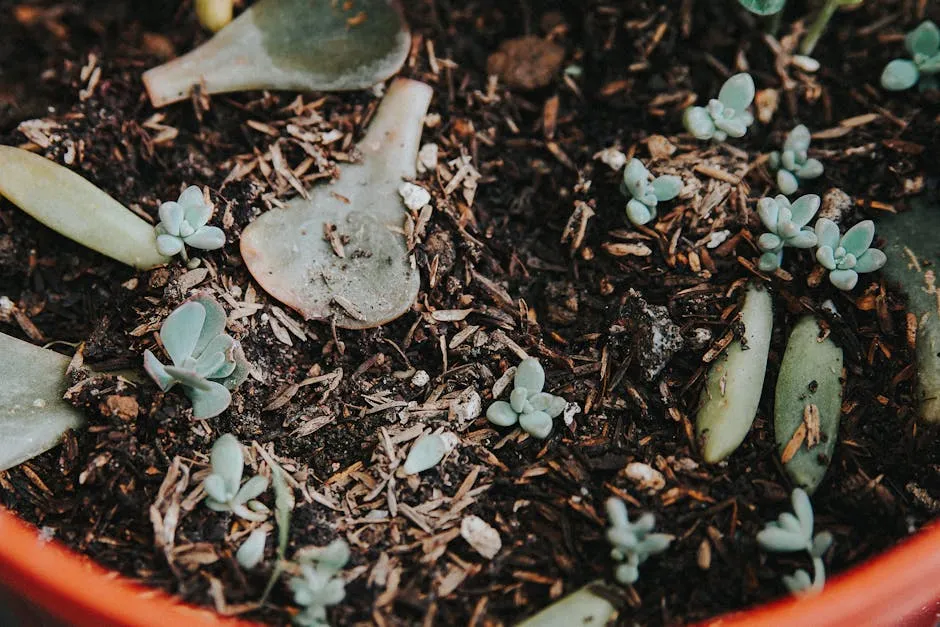
Once the leaf has dried, prepare your well-draining soil. Lay the callused leaf on top of the soil, ensuring that the cut end is in contact but not buried. Place the container in a bright spot with indirect sunlight. Over the next few weeks, roots will begin to sprout from the leaf. You’ll also see tiny rosettes forming as new plants emerge. Be patient; this process can take two to three weeks.
Watering Techniques
Watering newly propagated succulents requires a gentle approach. Initially, mist the soil lightly every few days. This method maintains slight moisture without saturating the soil. Avoid soaking the soil until you notice roots forming.

Watch for signs of overwatering, such as mushy leaves or a foul smell from the soil. On the other hand, underwatering may cause the leaves to wrinkle or shrivel. If you notice these signs, adjust your watering routine accordingly. Once new roots are established, water your succulents thoroughly, allowing the soil to dry out completely between waterings. This practice ensures healthy growth for your new plants.
Common Mistakes in Soil Selection and Propagation
Overwatering Issues
Overwatering is a common mistake when propagating succulents. Many beginners underestimate the importance of soil drainage. If your soil retains too much moisture, it creates a soggy environment. This can suffocate roots and lead to rot. Succulents prefer dry conditions, and excess water can be fatal.
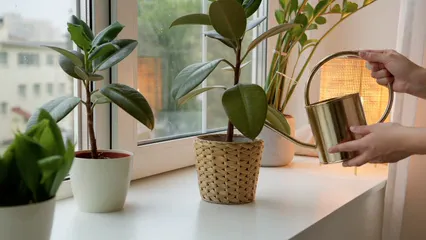
To prevent overwatering, select a soil mix designed for succulents. This should include components like perlite or coarse sand, enhancing drainage. Always use pots with drainage holes to allow excess water to escape. If you notice your soil is still retaining too much moisture, consider repotting your cuttings into a drier mix. Remember, it’s better to underwater than to overwater.
Soil Quality and Nutrient Balance
Soil quality is crucial for the success of your succulent propagation. Nutrient-rich soil supports healthy growth and vibrant colors. Poor soil can stunt growth and lead to weak plants. When propagating, look for a soil mix containing essential nutrients like nitrogen and phosphorus. These elements play a key role in root development and overall plant health.
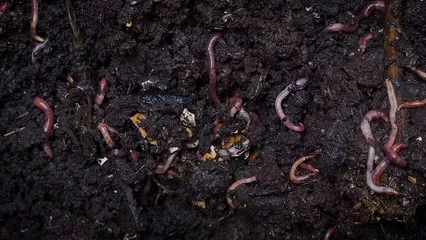
Signs of nutrient deficiencies can include yellowing leaves, stunted growth, or poor root formation. If you notice these issues, it may be time to rethink your soil choice. Consider supplementing with a diluted liquid fertilizer once your new plants are established. This can provide the necessary nutrients to promote healthy growth.
For effective nutrient management, learn about Best practices for watering container gardens.
Conclusion
Selecting the right soil is vital for propagating succulents successfully. Proper drainage and nutrient balance can make all the difference in your plants’ health. Don’t hesitate to experiment with different soil types to discover what works best for you. We’d love to hear your propagation success stories, so share them in the comments!
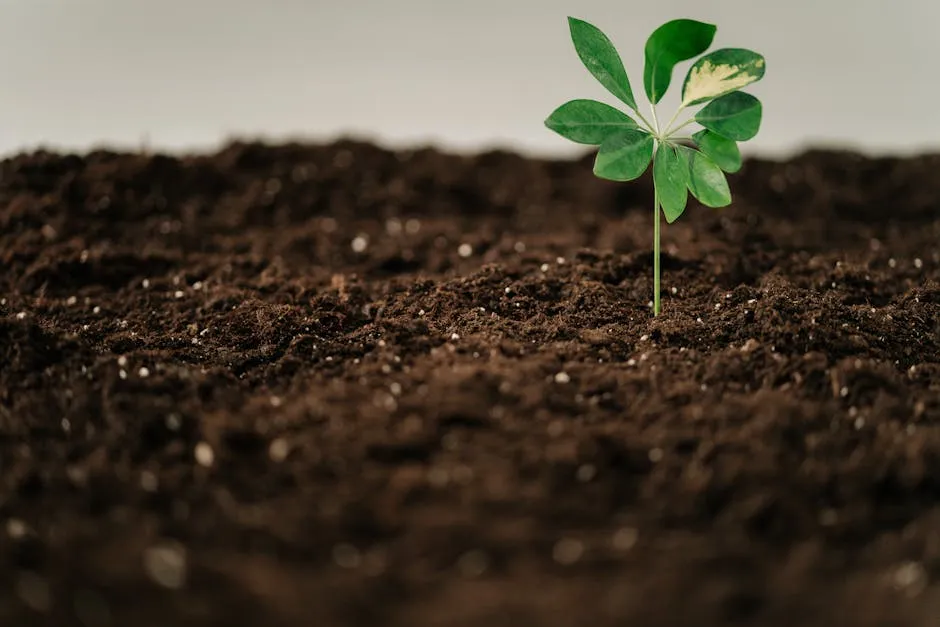
FAQs
What is the best soil for propagating succulents?
When it comes to propagating succulents, the right soil is essential. Look for a mix that offers excellent drainage and aeration. A blend of potting soil, coarse sand, and perlite works well. This combination prevents water from pooling, which can lead to rot. Always ensure your soil allows roots to breathe while retaining enough moisture for growth.
How long does it take for succulent leaf cuttings to root?
Generally, succulent leaf cuttings take about two to three weeks to root. However, the exact timeframe can vary. Factors like temperature, humidity, and light conditions play a significant role in rooting speed. Warmer temperatures and bright, indirect light usually encourage faster growth. Patience is key during this process!
Can I use regular potting soil for succulent propagation?
Regular potting soil can be used, but it may not be ideal. Standard mixes often retain too much moisture, risking rot. The benefit of specialized succulent mixes is their superior drainage. If you choose to use regular potting soil, consider adding perlite or coarse sand to improve drainage. This will help prevent waterlogged conditions.
What should I do if my succulent cuttings are rotting?
If you notice rot, first remove the affected cuttings. Check for excess moisture in the soil, which could be the cause. Ensure your soil has good drainage and avoid watering too frequently. Allow cuttings to callus properly before replanting. Using a fungicide can also help prevent future rot issues.
How often should I water succulent leaf cuttings while propagating?
Watering frequency depends on your environment. Initially, mist the soil lightly every few days to keep it slightly moist. Avoid soaking the soil until roots form. Once you see roots, you can water more thoroughly, allowing the soil to dry out completely between waterings. This mimics their natural dry habitat.
Is it necessary to use rooting hormone for succulent propagation?
Using rooting hormone is not mandatory but can be beneficial. It can speed up the rooting process and promote healthier root development. If you prefer a more natural approach, many succulents root well without it. Just ensure your cuttings are healthy and that you provide the right conditions for rooting.
As you embark on your succulent journey, don’t forget to grab some handy tools! A Succulent Planting Tools Set can make the process much more enjoyable!
Please let us know what you think about our content by leaving a comment down below!
Thank you for reading till here 🙂
All images from Pexels


